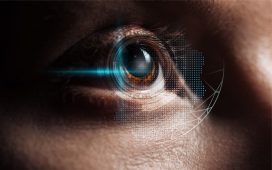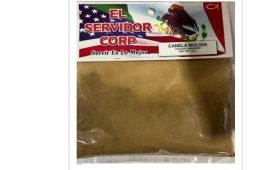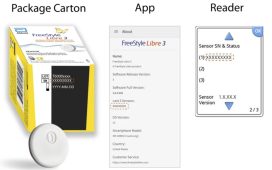Radiomics feature model reduced false positives, with benefit seen for BI-RADS 4a, 4b lesions
THURSDAY, Feb. 22, 2018 (HealthDay News) — A radiomics model based on kurtosis diffusion-weighted imaging reduces false positives in women with suspicious findings on mammography, according to a study published online Feb. 20 in Radiology.
Sebastian Bickelhaupt, M.D., from the University Hospital Erlangen in Germany, and colleagues examined 222 women at two independent study sites (site 1: training set of 95 patients with 61 malignant and 34 benign lesions; site 2: independent test set of 127 patients with 61 malignant and 66 benign lesions). All participants presented with a finding suspicious for cancer at X-ray mammography (Breast Imaging Reporting and Data System [BI-RADS]) and an indication for biopsy. Diffusion-weighted magnetic resonance imaging was performed before biopsy. Lesions were segmented and voxel-based kurtosis fitting was performed, which was adapted to account for fat signal contamination.
At the predefined sensitivity of greater than 98.0 percent, the researchers found that the radiomics feature model reduced false-positive results from 66 to 20 in the independent test set (specificity, 70.0 percent); BI-RADS 4a and 4b lesions benefited from the analysis (74.0 and 60.0 percent, respectively), while no added benefit was seen for BI-RADS 5 lesions. Compared with the median apparent diffusion coefficient and the apparent kurtosis coefficient alone, the model significantly improved specificity.
“A radiomics model based on kurtosis diffusion-weighted imaging performed by using magnetic resonance imaging machines from different vendors allowed for reliable differentiation between malignant and benign breast lesions in both a training and an independent test data set,” the authors write.
Several authors disclosed financial ties to the medical device industry.
Copyright © 2018 HealthDay. All rights reserved.








